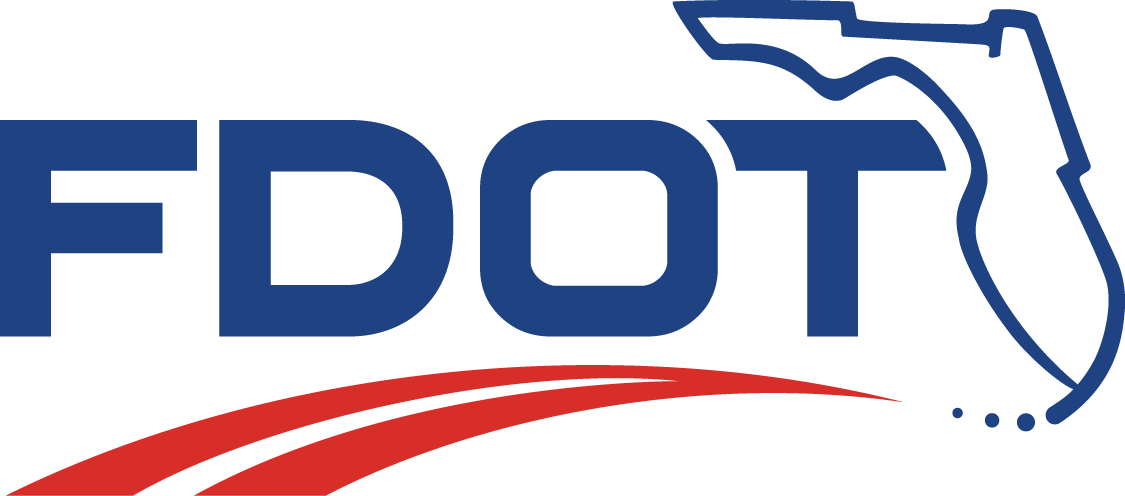Pedestrian & bike Design
Designing for Pedestrians and Bicycles
| The following are a few essential resources for anyone engaged in the design of pedestrian and bicycle facilities in Florida. |
| Plans Preparation Manual (PPM ), FDOT | Design Standards, FDOT |
| Manual on Uniform Traffic Control Devices, FHWA | Florida Green Book |
| Guide for the Development of Bicycle Facilities, AASHTO | |
Plans Preparation Manual (PPM)
This manual establishes design criteria and guidance for FDOT construction and RRR (resurfacing) projects. Pedestrian and bicycle provisions are discussed in the following chapters of Volume I:
2 (design geometrics and criteria for new construction and reconstruction projects);
8 (pedestrian, bicycle, and transit facilities);
10 (work zone traffic management);
21 (transportation design for livable communities);
25 (resurfacing
and rehabilitation projects).
Available online through Roadway Design Publications Plans Preparation Manual
Design Standards
FDOT's set of standard drawings. The Design Standards illustrate approved practices based on current criteria and policies of the Department. Drawing details address typical situations; special details incorporating modifications of Standard Indexes may be necessary to meet specific project applications. Useful Standard Indexes for pedestrian and bicycle design include Numbers 304 (curb ramps), 310 (concrete sidewalk), 17346 (crosswalk markings), 17347 (bicycle lane markings), and 17784 (pedestrian signal detector assembly).
The Florida Greenbook
Officially, known as The Manual of Uniform Minimum Standards for Design, Construction and Maintenance for Streets and Highways, available online from this link to the Roadway Design Office.
This manual establishes uniform minimum standards and criteria for the design, construction, and maintenance of all public streets and highways, including pedestrian and bicycle facilities, in the State of Florida. On state (FDOT) projects, the more stringent standards of the Plans Preparation Manual are applicable. Some jurisdictions adopt their own standards, consistent with and supplementing those of the Florida Greenbook. The Greenbook's guidance for pedestrian and bicycle facilities is based on the principles that all new highways [i.e., any "public way for purposes of traffic"], except limited access highways, should be designed and constructed under the assumption they will be used by pedestrians.
To varying extents, bicycles will be ridden on all streets and highways where they are permitted. Bicycle-safe design practices, as described in this Manual, should be followed during initial roadway design to avoid costly subsequent improvements.
Manual on Uniform Traffic Control Devices (MUTCD)
Federal Highway Administration (FHWA) - This manual is the national standard for traffic control devices on all roads open to public travel. Traffic control devices are signs, signals, markings, and other devices used to regulate, warn, or guide traffic, placed on, over, or adjacent to a street, highway, pedestrian facility, or bikeway. Under Florida law (section 316.0745, F.S.), the Department of Transportation is required to adopt a uniform system of traffic control devices for streets and highways. To comply with this statute, the Department of Transportation has adopted the Federal Highway Administration's Manual on Uniform Traffic Control Devices. This is explained at the MUTCD page on the Traffic Engineering and Operations Office website.
Guide for the Development of Bicycle Facilities
American Association of State Highway and Transportation Officials (AASHTO) guidance on planning and design for cyclists, and is available to purchase thru this link to the AASHTO bookstore.
